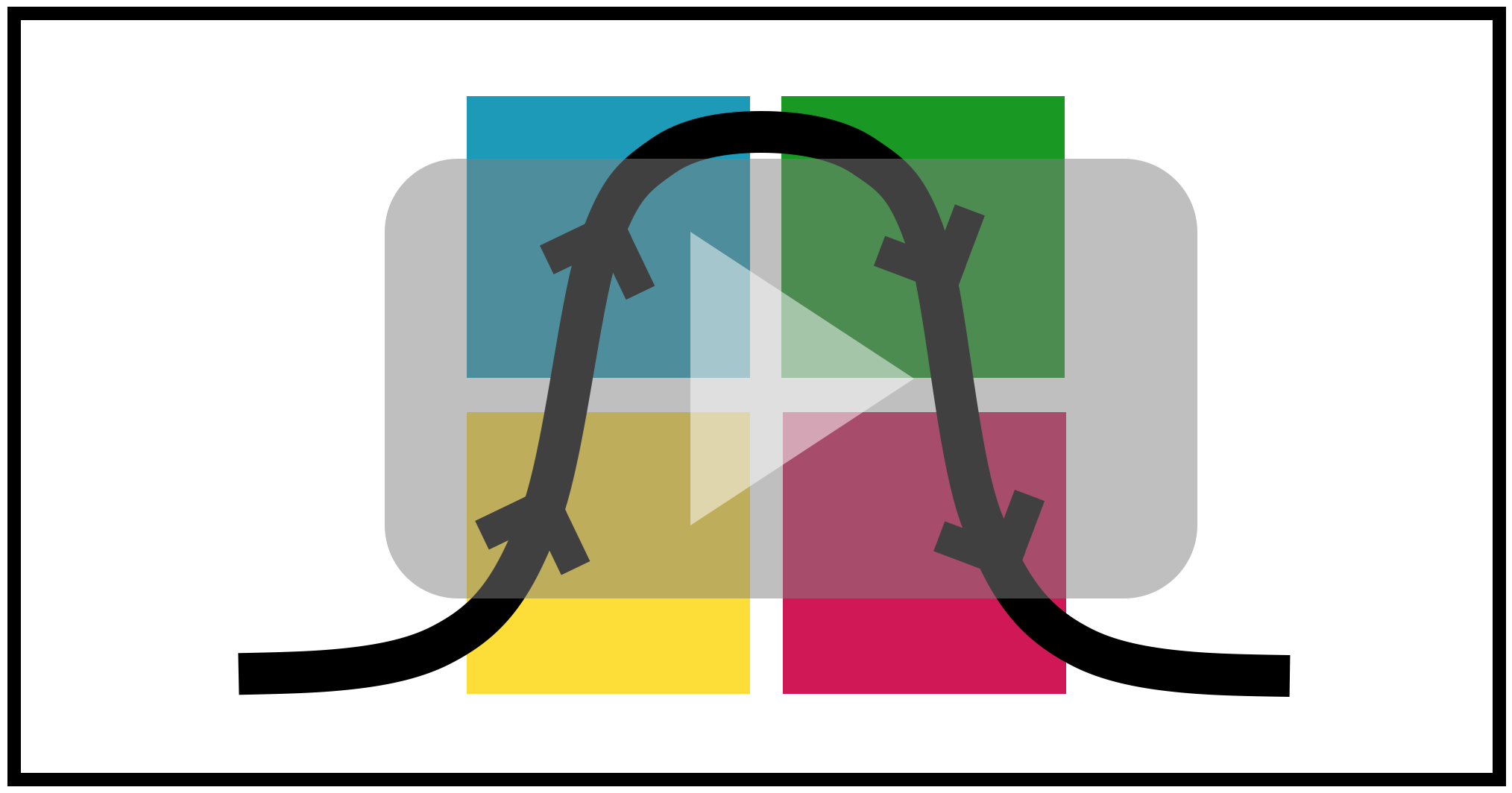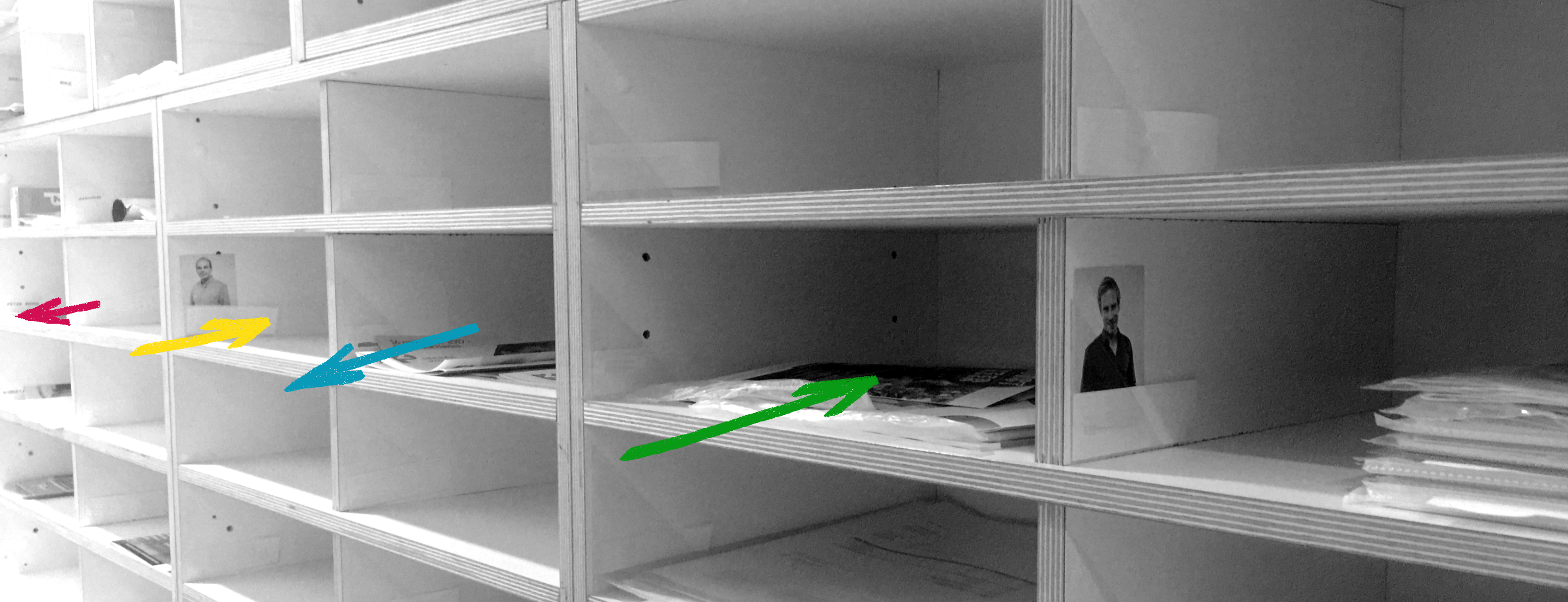The trauma in learning
Whenever I teach, I ask a lot of questions. This is not just a technique to engage my students, this is an essential method to get students thinking and absorbing new information. Years ago, when I started teaching intensively in corporate environments, I noticed something that puzzled me: when I asked questions, my students would just sort of freeze and stare at me. Their facial expressions and body language spoke volumes: “Are you serious? You want me to answer a question? No way!” When I would not let them off the hook, eventually one brave student would answer and the rest would follow suit. I would get this reaction literally every time, especially at the beginning of a course. Once my students got used to my questions, they would eventually answer more readily. Still, I had no idea why they were so afraid in the first place.
The reason came to me some years later, when I co-facilitated a workshop for people who have been subjected to severe emotional abuse. One of the exercises I designed for that workshop included a short ice-breaker session where we discussed our favorite colors. Because these participants spent years in abusive environments, they found it very difficult to express their opinion even on this simplest of topics. (Becoming aware of this difficultly was the goal of this particular exercise). As I watched my students struggle and face their fears, I saw the same familiar facial expressions and body language, the same “freeze” reaction.
Looking back at that workshop, I saw the similarities between my students in the corporate world and the students in the workshop for recovery from emotional abuse. In that “freeze” reaction, both groups displayed symptoms of trauma.
So where and how did my corporate students become traumatized? Where did they learn to fear answering questions during a course or class? The answer was simple: their fears and trauma stemmed from their first experiences as a student – in school.
It might sound overly dramatic to label negative school experiences as “trauma”. In this context, I use this term broadly, as opposed to a strict clinical sense. Whether we remember it or not, we have all had negative experiences in school. Because we had those experiences as children, the impact of such incidents is far-reaching. This is why so many adult students step into a class with a certain amount of apprehension: their negative memories are triggering fear-based reactions such as freezing.
How school traumatizes us
There are several ways in which our early childhood school experiences may have a negative impact on us. These experiences are ingrained in the way that most schools and teachers approach education.
- There is only one right answer. Most teachers ask questions to check understanding, as a sort of mini-quiz. Sometimes, schoolteachers might even ask a question simply to check if a student has been listening.
- If you give the wrong answer, you risk public shame and ridicule by an authority figure (your teacher) and your peers (your classmates).
- If you give the wrong answer, you risk punishment and far-reaching negative consequences in the future. Some parents insist on telling their children that if they fail a quiz, they are already on a road to flunking out of school, being unemployed, and becoming homeless.
All this creates a deeply ingrained fear of being wrong, of sharing our thoughts and opinions in class. And this fear persists well into adulthood.
What can you do?
Here are a few practical ideas for dealing with these fears while you are creating and teaching your course. I want to note that these tips are in no way a “recipe” to be followed exactly. Rather, I want to open your mind to thinking differently about your students.
Idea #1: Be aware of your students’ fears. If your students are reluctant to participate, do not mock or punish them. At the same time, do not let them off the hook. Understand that fear is a normal response to going “back to school”, so to speak, and give your students time to adjust.
Idea #2: Ask questions that encourage students to share their opinions, as opposed to checking for facts. Every opinion is valid, especially during the learning process.
Idea #3: Praise and reward every answer. “Rewarding” means acknowledging your student’s effort and openness. If I am the one asking questions, I would never reply “no” to a student. Typically, I would say something like: “That’s interesting! Let’s take a closer look.” Even an incorrect answer shows that your students are making an effort; it is also an opportunity to set them onto the right course, to correct any misunderstandings, to help them.
Of course, I apply these guidelines myself and consistently see their power in action: once my course starts, I see how students quickly let go of their fears and hesitations, get more involved with the program and group discussions, and get more results out of their learning experience.
Creating an open and welcoming atmosphere in your course is an art in itself. Ultimately, it is a combination of your course design (the questions that you ask) and your facilitation skills (how you respond to your students’ answers). When done well, both serve to encourage your students to work harder, to grow further. All this leads to more results, and more impact!




